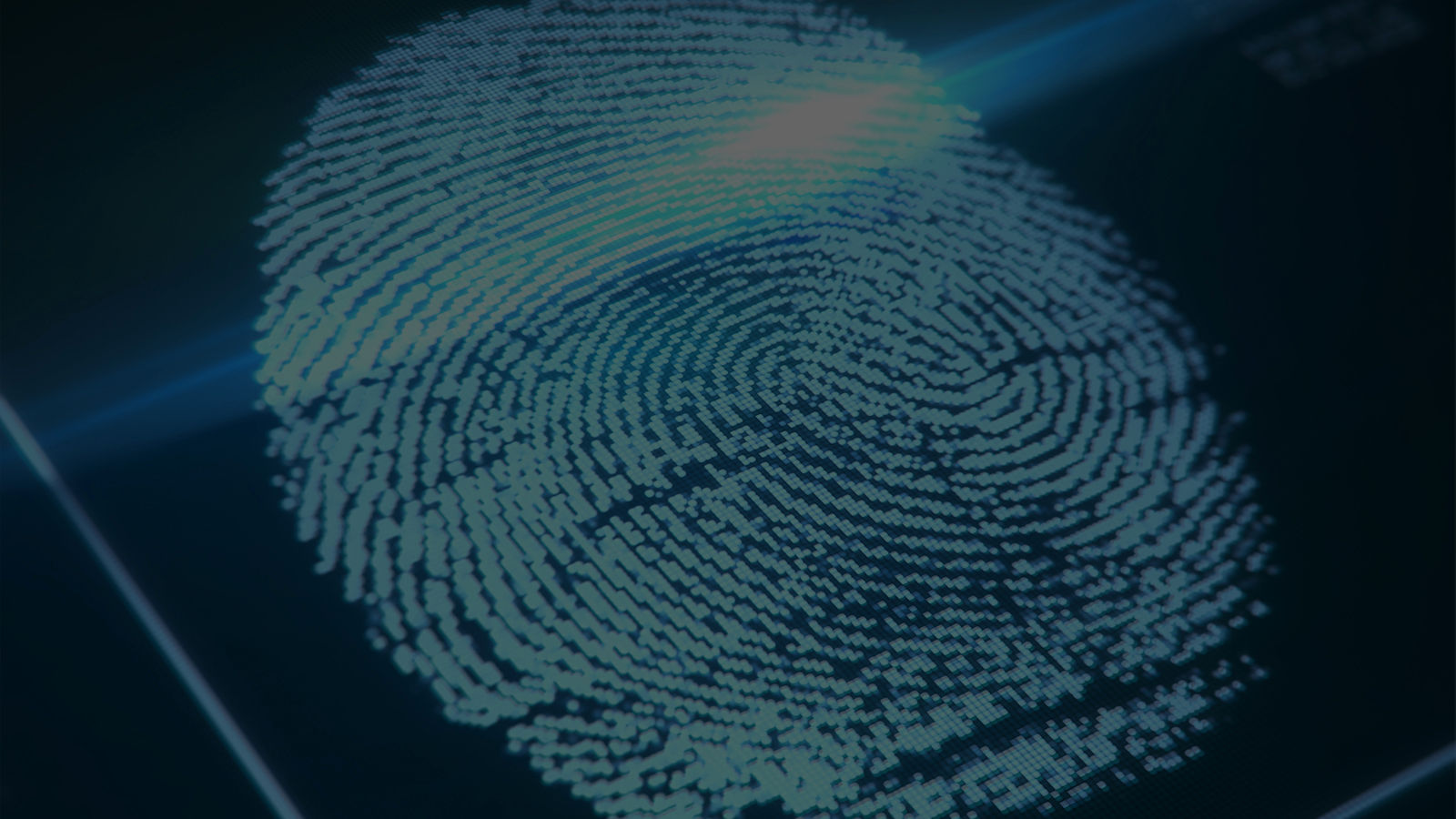
About Dermatoglyphics
What is Dermatoglyphics?
Dermatoglyphics is the study of fingerprints, palm prints, and footprints. These patterns form between the 13th and 19th week of fetal development and become stable around the 24th week. Influenced by genetics, each individual’s patterns are unique and unchanging. Research shows that dermatoglyphics correlate with brain structure, neural pathways, and intelligence distribution.
By analyzing dermatoglyphics, we can assess innate brain strengths, personality traits, and hidden talents, providing insights into cognitive abilities, learning styles, and stress adaptation. This analysis is increasingly utilized in education, talent development, and psychological counselling to aid personal growth and self-understanding.
History of Dermatoglyphics
1823
John E. Purkinje - Professor of Anatomy at the University of Breslau, published a paper on fingerprint classification research, mentioning that fingerprints can be divided into nine categories.
1877
Sir Francis Galton (the British anthropologist and cousin of Charles Darwin), published the first book on dermatoglyphics (fingerprints), establishing the uniqueness and permanence of fingerprints through scientific means.
1920
Elizabeth Wilson at Columbia University began using dermatoglyphic statistical data to study patients with schizophrenia and the differences in dermatoglyphics between people with intellectual disabilities and normal individuals.
1926
Dr. Harold Cummins - the "Father of Dermatoglyphics", researched all aspects of fingerprint analysis, from anthropology and genetics to embryology. After years of collaborative research with other scientists, he established the theory of dermatoglyphics in 1926, which became the foundation of modern dermatoglyphics.
1950
Dr. Penfield - a Canadian neurosurgeon, pointed out the close connection between fingerprints and the brain.
1980
China has conducted research on human potential, intelligence, dermatoglyphics, and human genetics.
2004
The International Association for Behavioral and Medical Biometrics (IBMBS) has published over 7,000 reports and papers on fingerprints. To date, countries such as the United States, Japan, China, and Taiwan have applied dermatoglyphics in the field of education, hoping to improve teaching quality and learning efficiency by understanding various learning styles.
2004
Dr. Jordan Chang - an expert in education and software engineering, developed the "ITELL system", the world's first DMIT (Dermatoglyphic Multiple Intelligence Theory) system, which can assist dermatoglyphic analysts in report writing through computer analysis.
2008
Under the leadership of Dr. Jordan Chang, the research team used big data and AI to develop the next-generation DMIT system, providing more accurate and comprehensive assessment and analysis of dermatoglyphics.
3 Main Categories of Fingerprint Patterns
Fingerprint patterns are mainly divided into 3 main categories of fingerprint patterns : Arches, Loops, and Whorls. The variations in fingerprints are diverse, and it is further categorised into more fingerprint patterns. Our institute has developed additional fingerprint types beyond the traditional seventeen, resulting in a classification of over twenty different patterns.

Arches
exhibits stability and reliability

Loops
adaptive and imitative

Whorls
self-driven and independent
examples
Simple Arch:diligent, practical and reliable, highly cooperative, hardworking
Ulnar Loop:imitative, adaptive, empathetic, relationship-oriented
Spiral Whorl:goal-oriented, focused on reasoning, sets relatively high standards
The above covers three types of fingerprint patterns and their corresponding personality traits. Each person has the potential to possess multiple fingerprint patterns, and if these different fingerprint patterns fall into different areas of the brain, it can provide an accurate representation of how the personality is manifested.
The Relationship between Fingerprints and the Brain:
The brain is the most complex organ in the human body, responsible for cognition, emotion, behavior, and physiological functions, and is divided into multiple regions. The cerebral cortex includes the frontal lobe, parietal lobe, temporal lobe, and occipital lobe. The relationship between fingerprints and the brain is a complex, interactive system. The following outlines the correspondence between the ten fingers and the functional areas of the brain:
Due to the crossing of neural signals in the brain, the left hand reflects the functions of the right brain, while the right hand reflects the functions of the left brain, forming a relative relationship.


